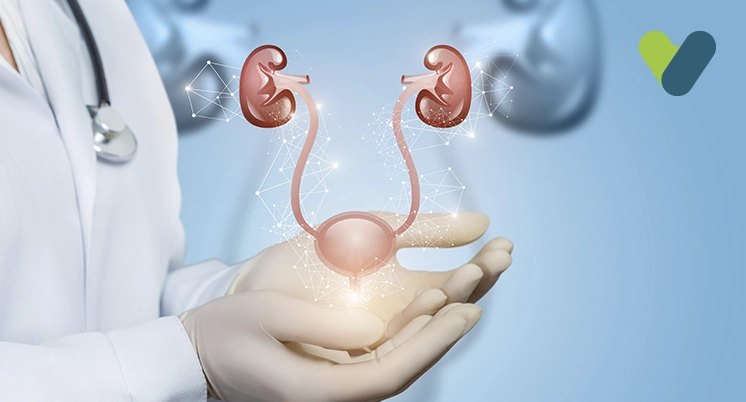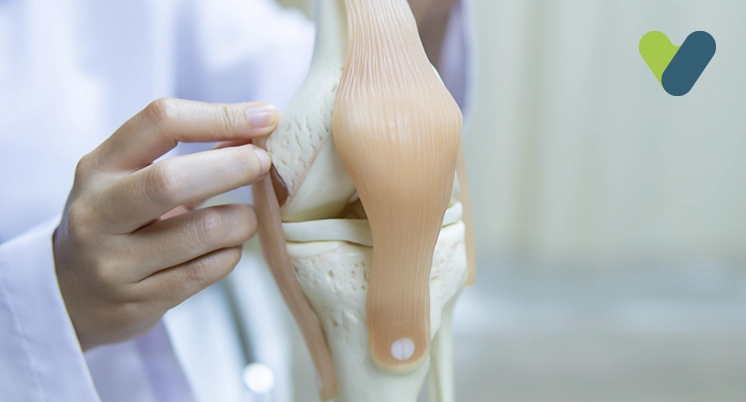Angioplasty - An Overview
Angioplasty is a minimally invasive surgical procedure used to treat the arteries of the heart that are narrowed or blocked. It is a standard treatment option for people suffering from coronary artery disease (CAD), a heart condition in which the arteries supplying blood to the heart become narrow or blocked due to plaque build-up. This can result in pain in the chest (angina) and, in the more serious case, a heart attack.
Angioplasty Surgery may be recommended by a doctor to:
- Help ease chest pain or angina
- Improve the flow of blood to the heart
- Treat abnormal stress test
- Improve the supply of blood to the cardiac muscle during or after a heart attack
- When lifestyle changes and medications are ineffective in improving heart health Here, you can over the angioplasty surgical procedure, its benefits, its recovery, results, risks, complications, and what conditions it treats.
What is the purpose of the angioplasty procedure?
Angioplasty is used to treat atherosclerosis (the build-up of cholesterol and fat) in the arteries throughout the body.
Coronary artery disease (CAD): Coronary angioplasty, also known as percutaneous coronary intervention (PCI), can help patients who have a blocked or narrowed coronary artery that is preventing the heart from receiving the required oxygen, resulting in chest pain or/and a heart attack.
Peripheral artery disease: When there is atherosclerosis of the major arteries of the legs, arms, and pelvis, angioplasty can help treat the condition. Carotid artery disease: The blocked arteries in the neck can be treated with the help of angioplasty. If not treated, the brain may not receive enough oxygen, resulting in a stroke. Chronic kidney disease: Plaque build-up in the arteries of the kidneys, can reduce the amount of blood that can reach the kidneys. A renal artery angioplasty can sometimes help in such conditions.
What are the benefits of angioplasty?
Angioplasty has the following advantages:- It is less risky and less expensive than surgery.
- There will be only one wound from the catheters and a small wound from the IV.
- If necessary, the doctor can insert a stent during the angioplasty.
Angioplasty: Procedure description
Pre-procedure- A complete physical exam, medical history, necessary blood work, and other diagnostic tests are performed to make sure that angioplasty will help address the patient's symptoms of artery blockage.
- Before angioplasty, the patient is instructed to modify or discontinue certain medicines, including nonsteroidal anti-inflammatory drugs (NSAIDs), aspirin, blood thinners, or herbal supplements.
- It is recommended that the patient refrains from drinking or eating for 6–8 hours prior to the procedure.
During the procedure
- The urinary catheter is positioned.
- An IV line is inserted into the arm or hand in order to give fluids or medications (blood-thinners, also known as anticoagulants) as needed.
- As an angioplasty procedure is executed through an artery in the arm, wrist, or groin area, general anaesthesia is not used. Rather, medications that allow the individual to relax while remaining awake are given.
- An antiseptic solution is used to clean the arm, wrist, or leg area, and a sterile sheet is draped over the body.
- A local anaesthetic is used to numb the area where the small incision will be made, and a thin, small guidewire will then be introduced into the blood vessel.
- Using live X-rays, a catheter (a thin tube) is then inserted into the artery.
- Once the catheter is positioned, a contrast dye is administered through it to allow a better view of the blood vessels from inside, and the blockages are viewed on the X-ray pictures. This procedure is called an angiogram.
- The clogged artery is dilated or widened by pumping up (inflating) a balloon, regardless of whether it contains a (drug-eluting) stent at the catheter tip. Once the artery has been expanded and the catheter has been removed, the balloon is deflated. Stent and balloon
- A stent resembles a small metal mesh. Its function is to assist the arterial walls and keep them from narrowing again following angioplasty.
- When a stent is placed, the stent expands upon inflating the balloon, locking it within the artery. Once in place, it remains in the artery indefinitely to keep it open, letting the blood to flow towards the heart efficiently.
- More than one stent can be inserted to open a blockage in the blood vessel.
- The stent is left in place, and the balloon is removed after deflating.
- After the procedure, X-ray images are used to determine whether blood is flowing adequately through the newly widened artery.
- Drug-coated stents are implanted during an angioplasty. This allows the medicine in the stent to steadily release, avoiding potential plaque build-up and blood vessel re-narrowing in the future.
- When there is more than one blockage in the artery, the procedure is carried out again for each blockage. Depending on the difficulties involved, the number of blockages, and any complications, the entire procedure can take several hours.
- When the balloon is inflated and the artery is stretched, patients can experience pressure where the catheter is placed as well as mild discomfort. Sharp pains, on the other hand, should not be felt during angioplasty.
Post-Procedure
- Patients are initially shifted to the intensive care unit (ICU) for recovery, where vital signs are monitored.
- Following initial recovery, the patients are transferred to a hospital room.
- The patients should stay hydrated to help flush the contrast material from their systems.
- Medications including clopidogrel and aspirin are prescribed to reduce the possibility of a blood clot from stent placement.
What results to expect after an angioplasty procedure?
Coronary angioplasty surgery significantly improves the flow of blood through a previously blocked or narrowed coronary artery. In general, chest pain should subside. Patients might be able to exercise more effectively.
An angioplasty and stent placement do not cure a heart disease. The patients must stick to a healthy diet and take the medication as directed by the doctor.
The patients should contact their doctor if they experience symptoms similar to those they had prior to coronary percutaneous coronary intervention, including chest discomfort or difficulty breathing. If they have resting chest pain or pain that does not respond to nitroglycerin, they should seek immediate medical care.
The patient should do the following to keep their hearts healthy after angioplasty:
- Reduce cholesterol levels
- Consume a healthy, low-saturated-fat diet
- Stop smoking
- Keep a healthy weight
- Control other conditions, including high blood pressure and diabetes
- Exercise on a regular basis
- Take medications as directed by the doctor
Risks and complications of angioplasty
Angioplasty risks include:- Artery re-narrowing
- Bleeding
- Blood clots within stents (blood-thinning medications can help reduce the likelihood of this complication).
• Coronary Artery Disease • Heart Attack • Kidney Disorders • Abnormal heart rhythm • Stroke
Contact a doctor right away if any of the following occur after angioplasty:
- Shortness of breath or chest pain
- Fever
- Temperature or colour change in the leg or arm used for the surgical procedure
- Redness, swelling, drainage, and bleeding at the catheter insertion site
How long does it take to recover from angioplasty?
To recover from angioplasty, the patient needs to remain hospitalised for several hours, if not overnight. The doctor will tell them what medications are required and how active they can be following the angioplasty. The patient will need someone to drive them home from the hospital because they will be sedated.
The patient should take some rest at home and consume plenty of fluids. They should avoid doing anything strenuous for the next 24 hours. Following the angioplasty procedure, the patient might have to take blood thinners or aspirin. If the physician has prescribed blood-thinning medications, it is critical that the patient takes them exactly as prescribed and avoid skipping any doses. If the patient believes they should avoid taking blood thinner medications, they should consult with the doctor first.
What are the factors influencing the angioplasty surgery cost in India?
The angioplasty operation cost is determined by a variety of factors, including:
- Hospital chosen
- Type of hospital room selected for the specified number of nights
- Fees for the physician group
- Medicines and the cost of the stent, if used
- Diagnostic tests
- Cost of any necessary follow-up care after the procedure
Takeaway
Angioplasty surgery is a minimally invasive procedure for treating heart arteries that are blocked or narrowed. A balloon-tipped catheter is used to expand the blocked artery and improve the flow of blood to the heart muscle. It is most frequently employed for the treatment of the coronary artery disease.


